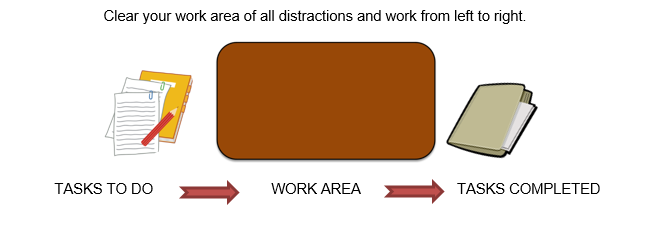Students with ADHD, learning challenges, and executive functioning problems often struggle to organize their materials, their time, and their tasks. Parents and educators are encouraged to consider these suggestions as they collaborate to help the disorganized student.
This is a sample of what your student will learn in Student Success!
Try Different Organizational Tools
“Being organized” is not a product you can buy at a store: it is a process of figuring out what will work for your student. Help your student flexibly consider alternatives to keep track of her materials.
Some students do best organizing their materials in one big notebook, while others like to have one notebook for each subject. Some enjoy using an accordion folder, while others like to have a separate folder for each subject. Involving your student in making these decisions increases the likelihood she’ll use her new organizational tools.
When considering backpacks, look for one that has two or more large (full-size) compartments and then designate what to put in each. Try to avoid a lot of small pockets as these usually gather trash. Lots of pockets can result in lots of places to have to look for things. This can’t be avoided entirely, so have her designate what goes in each smaller pocket (keys, phone, pencils, pens, etc.)
Some students do well with one large binder or a “trapper-keeper” style notebook that zips up to avoid losing loose papers. These usually include built-in accessories including a 3-ring binder, accordion folder, and compartment for pens, pencils, and other similar items. Again, it is important to designate what goes where.
Older students may want to use separate binders or folders for each subject. If so, it is important to keep these organized, so that papers are quickly and easily found when needed. For folders, it may be helpful to organize papers from newest to oldest.
Try Two Separate Homework Folders
Some people recommend having a homework folder and marking one side “homework to do” and the other side “homework done.” While this is a good idea, most students I’ve known don’t take the time to put their work in those pockets. It may be more helpful for students to carry two separate work folders:
-
One folder that contains homework to be completed (including parent permission slips).
-
Another separate folder containing work to be turned in.


